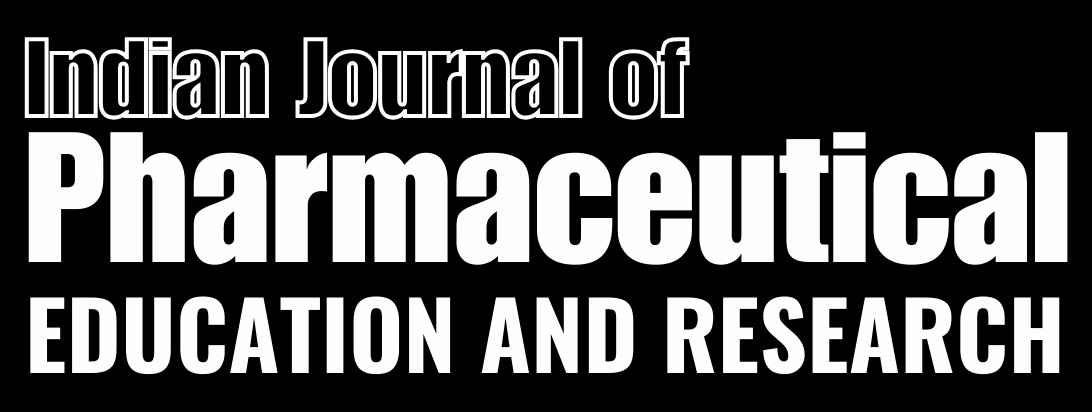Article Processing Charges
Upon acceptance, Authors are required to pay a nominal pre-press charges is to be paid to publisher [Manuscript Technomedia LLP, India]. Article processing charges (APCs) are associated with only accepted articles to cover the costs of making the final version of the manuscript freely available via open access.
For Indian Authors; CLICK HERE
For Foreign Authors; CLICK HERE


